Understanding String Theory: The Quest for the Ultimate “Theory of Everything”
The Revolutionary World of String Theory: A Deep Dive into the Fundamentals
In the realm of modern physics, few concepts hold as much allure and controversy as string theory. It is often presented as the leading candidate for a “theory of everything”—a framework that could unify all forces and particles in the universe. Many of us, at some point, have come across the idea of tiny, vibrating strings being the foundational building blocks of the cosmos, but what lies beneath this abstract notion, and what does string theory truly offer?
What is String Theory?
String theory suggests that the most fundamental entities in the universe are not point particles, like electrons or quarks, but one-dimensional “strings” that vibrate at different frequencies. The theory posits that these strings, much like vibrating guitar strings, resonate and define physical properties of particles, such as mass and charge, with their vibrational modes determining what kind of particle they correspond to.
String theory originated in the 1960s as an attempt to describe the strong nuclear force that binds protons and neutrons together. Early investigations revealed intriguing properties in strings—such as the potential existence of a theoretical particle called the graviton, linking string theory directly to quantum gravity. This realization by physicists opened the door for even more ambitious ideas, including the notion that all particles, forces, and even spacetime itself can be explained by vibrating strings—effectively making string theory a viable candidate for a unified theory.
Why Strings? Why Not Something Else?
The introduction of strings came from frustration with the limitations of the Standard Model, a highly successful but incomplete framework for understanding particle physics. The Standard Model predicts many phenomena with striking accuracy but also leaves unanswered questions, such as how gravity and quantum mechanics can coexist, and why the Standard Model requires 19 adjustable parameters to fit experimental data.
String theory promises to reduce these complexities. Using only one parameter—the string tension—string theory hopes to describe all observed particles and forces, including gravity. The reason strings seem so attractive, among other considerations, is that they resolve infinities that emerge in quantum gravitational calculations. In short, where quantum gravity tends to produce mathematical contradictions at small scales, string theory remains consistent by smearing those interactions over tiny one-dimensional loops.
Multiple Dimensions: The Tough Pill to Swallow
However, string theory’s elegance is accompanied by a major complication: to function correctly, it demands the existence of more than our familiar three dimensions of space. Early versions of string theory required up to 26 dimensions, later refined to 10 dimensions in modern superstring theory. Even M Theory, a more recent unifying framework, needs 11 dimensions to describe the universe fully.
How can these extra dimensions exist if we don’t perceive them? String theorists propose that these dimensions are “compactified” – effectively rolled up into tiny shapes so minuscule that we cannot detect them with current technology. If true, these hidden dimensions could reveal profound new insights about how the universe works at its most fundamental level.
<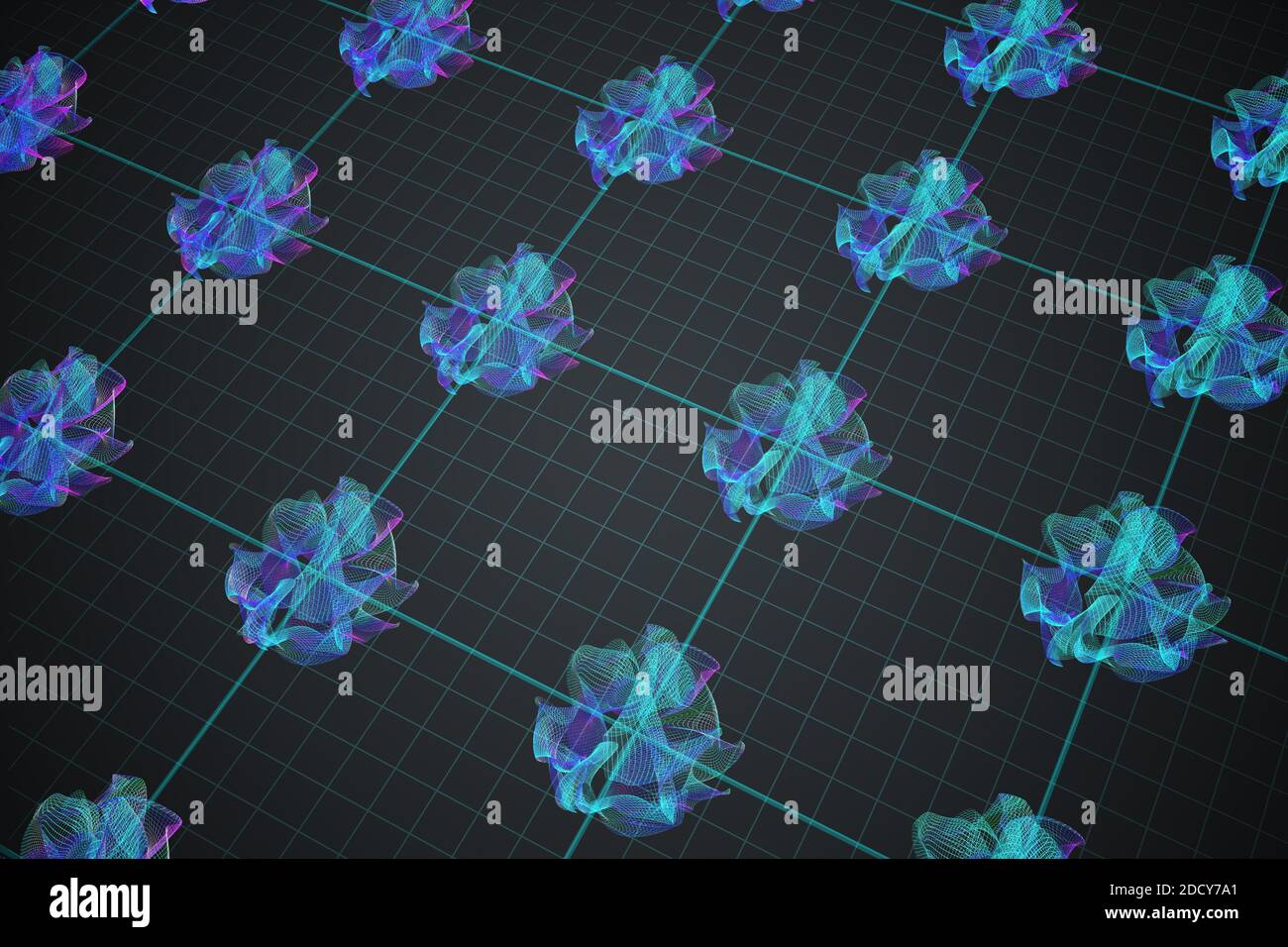 >
>
The Current Status of String Theory
Despite its conceptual strength, string theory remains difficult to test experimentally. A major issue is the immense number of possible configurations—one estimate puts the number of potential solutions at 10 to the power of 500. This vast “landscape” of potential universes makes it nearly impossible to predict which configuration actually describes our own. While its mathematical foundation is beautiful, string theory has yet to produce concrete, experimental predictions.
Nonetheless, it remains one of the leading frameworks for theoretical physicists. Its early unification of forces, gravity, and matter stirred excitement, but as of my writing, we remain at an impasse. Recent articles on my blog, such as The Current Reality and Challenges for AI, have discussed similar growing pains in other technological fields. While string theory holds promise, its scientific future is uncertain.
String Theory’s Philosophical Implications
Even beyond its scientific aspirations, string theory delves into the age-old philosophical question of what reality is made of. If correct, the “strings” at the center of this theory are not composed of anything—much like quantum fields, they represent the most elementary form of existence. In this view, we cannot meaningfully ask what they are “made of” because they represent the baseline, irreducible building blocks of the universe, a concept that seems both simple and deeply profound.
<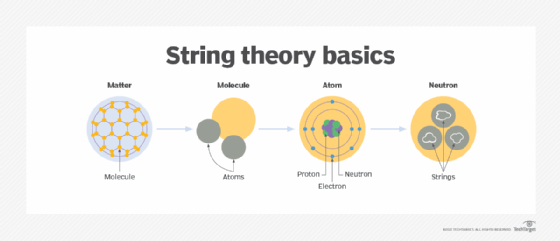 >
>
Future Directions and Potential Breakthroughs
The current bottleneck in string theory is similar to the challenges faced by early quantum field theorists. Nearly a century ago, quantum mechanics itself was viewed with similar skepticism, but with time, new technologies and novel approaches might allow tests for string theory’s predictions. Some physicists, holding out hope, believe that indirect tests or mathematical advancements will allow for breakthroughs that could either validate or discard string theory.
<
>
Conclusion
String theory presents both a towering intellectual achievement and a monumental scientific challenge. As I discussed in a recent post on self-driving cars and AI, introducing groundbreaking innovations inevitably brings hurdles and periods of uncertainty. In much the same way, while the path ahead for string theory is uncertain, its potential as a unifying theory of physics keeps it at the forefront of scientific discussion.
Though the journey continues, string theory remains one of the most tantalizing possibilities for finally understanding the universe at its deepest level. Whether or not it achieves this lofty ambition, its contributions to the field of theoretical physics will undoubtedly inspire future generations to keep questioning, keep exploring, and keep searching for that elusive “theory of everything.”
<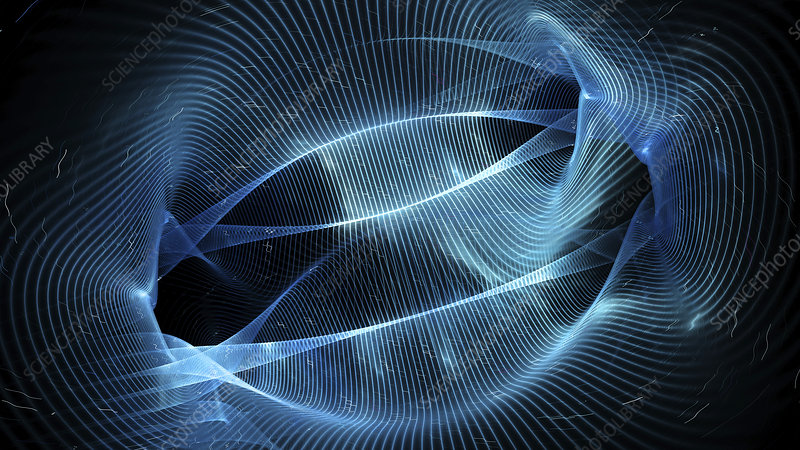 >
>
Focus Keyphrase: string theory
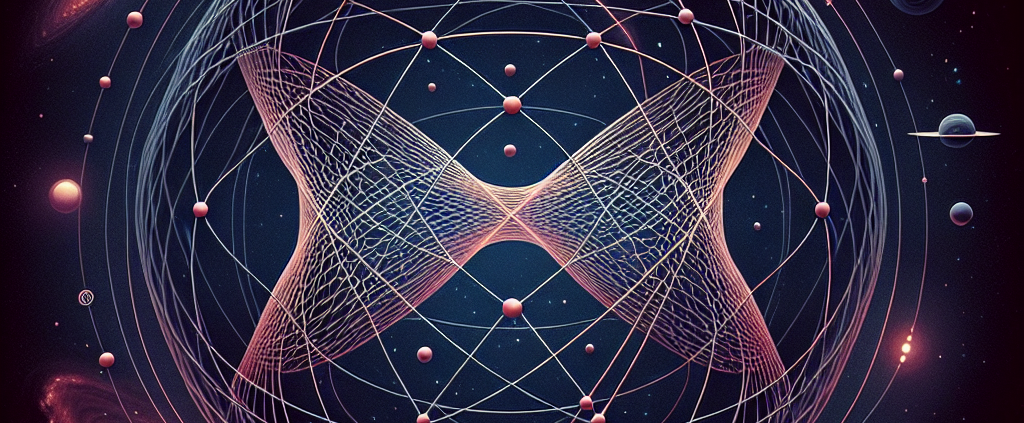
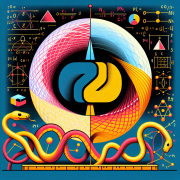
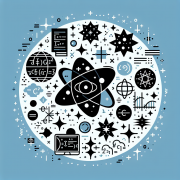

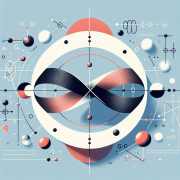
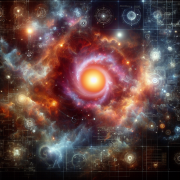



String theory, with its ambition to unify all aspects of physics, continues to captivate the scientific community. While it is still unproven, its theoretical beauty and potential to address deep questions in science remain unmatched.
While I remain skeptical about some aspects of the future of AI and theoretical physics, I do find the promise of concepts like string theory intriguing. Coming from a technical background working in alarm systems in Florida, I’ve developed an appreciation for how science and technology intersect. This type of research—though abstract—may one day have real-world applications, much like the advanced systems people once thought were impossible. But it’s safe to say, much like how I try to keep up with sci-fi in anime, keeping up with this field is a challenge in itself!